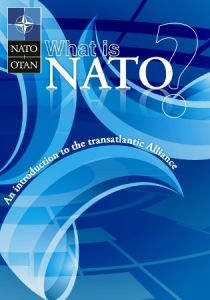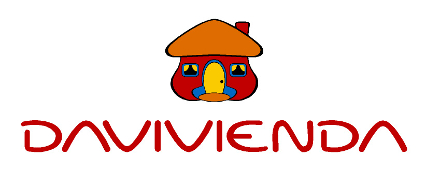
Recommendation
The future of the North Atlantic Treaty Organization (NATO) has become a hotly debated issue. During his election campaign, US president Donald Trump shocked people on both sides of the Atlantic when he suggested that the alliance, once considered a cornerstone of collective defense for Europe and the United States, may now be obsolete. Before weighing in on the debate, it is helpful to remember what NATO is, why it came into existence and how it evolved. This report provides a solid overview to answer basic questions about the alliance. However, being NATO-published, the document fails to address the many controversies the alliance has faced over the years, such as issues about its interventions in the Balkans in the 1990s and the 2011 bombing campaign in Libya. Further, it gives little heed to Russian concerns over NATO expansion and missile defense. While always politically neutral, getAbstract recommends this NATO publication to anyone interested in a broad overview of the alliance and its history.
Summary
About the Author
The Public Diplomacy Division of the North Atlantic Treaty Organization raises awareness of the alliance.








Comment on this summary